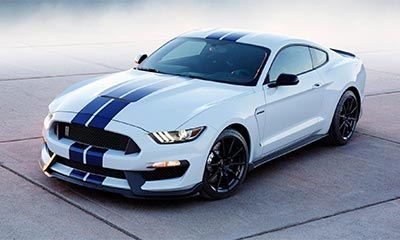The Rise of Electric Rickshaws in Urban Mobility
In bustling urban landscapes across the globe, one iconic sight that never fails to capture attention is the auto rickshaw, fondly known as the 'tuk-tuk' in some parts of the world. These three-wheeled wonders have long been the lifeline of urban transportation in many countries, ferrying commuters through narrow lanes and congested streets with agility and efficiency. However, with the pressing need for sustainable mobility solutions, traditional auto rickshaws are making way for their electric counterparts, heralding a new era of eco-friendly urban transport.
The transition from conventional auto rickshaws to electric rickshaws represents a significant paradigm shift in the transportation sector. With growing concerns about air pollution and rising fuel costs, the demand for cleaner and more cost-effective alternatives has never been higher. This is where electric rickshaws, also known as e-rickshaws or e-battery rickshaws, come into play.
One of the most compelling reasons driving the adoption of electric rickshaws is their eco-friendliness. Unlike their fossil fuel-powered counterparts, e-rickshaws run on electric batteries, producing zero tailpipe emissions. This not only helps in reducing air pollution but also contributes to mitigating the adverse effects of climate change. In congested urban areas where air quality is a pressing concern, the shift towards electric rickshaws represents a crucial step towards building sustainable cities.
Moreover, electric rickshaws offer several advantages over traditional auto rickshaws. One notable benefit is their lower operating costs. While the initial investment in purchasing an e-rickshaw may be higher due to the cost of batteries and electric motors, the long-term savings in fuel and maintenance expenses make them a more economical choice for drivers. Additionally, with advancements in battery technology and charging infrastructure, the range and performance of electric rickshaws have improved significantly, making them a reliable mode of transportation for daily commutes.
When considering the price, CNG auto rickshaws and electric rickshaws are often compared. While the initial cost of a CNG auto rickshaw may be lower, the recurring expenses on fuel and maintenance can add up over time, making them less cost-effective in the long run. On the other hand, electric rickshaws offer a greener and more sustainable alternative with lower operational costs, making them an attractive option for both drivers and commuters alike.
Furthermore, the transition to electric rickshaws has sparked innovation in the auto industry, leading to the development of technologically advanced and feature-rich vehicles. Modern e-rickshaws come equipped with amenities such as GPS navigation, mobile charging ports, and digital fare meters, enhancing the overall commuting experience for passengers.
However, despite their numerous benefits, the widespread adoption of electric rickshaws still faces some challenges. One of the primary concerns is the lack of adequate charging infrastructure, especially in developing countries where electric rickshaws are gaining popularity. Governments and policymakers need to invest in expanding charging networks to support the growing fleet of electric vehicles and encourage more drivers to make the switch.
The emergence of electric rickshaws represents a promising solution to the challenges of urban mobility. With their eco-friendly nature, lower operating costs, and technological advancements, e-rickshaws are poised to revolutionize the way people commute in cities around the world. By embracing electric rickshaws, we can create cleaner, greener, and more sustainable urban environments for future generations to enjoy.


Comments